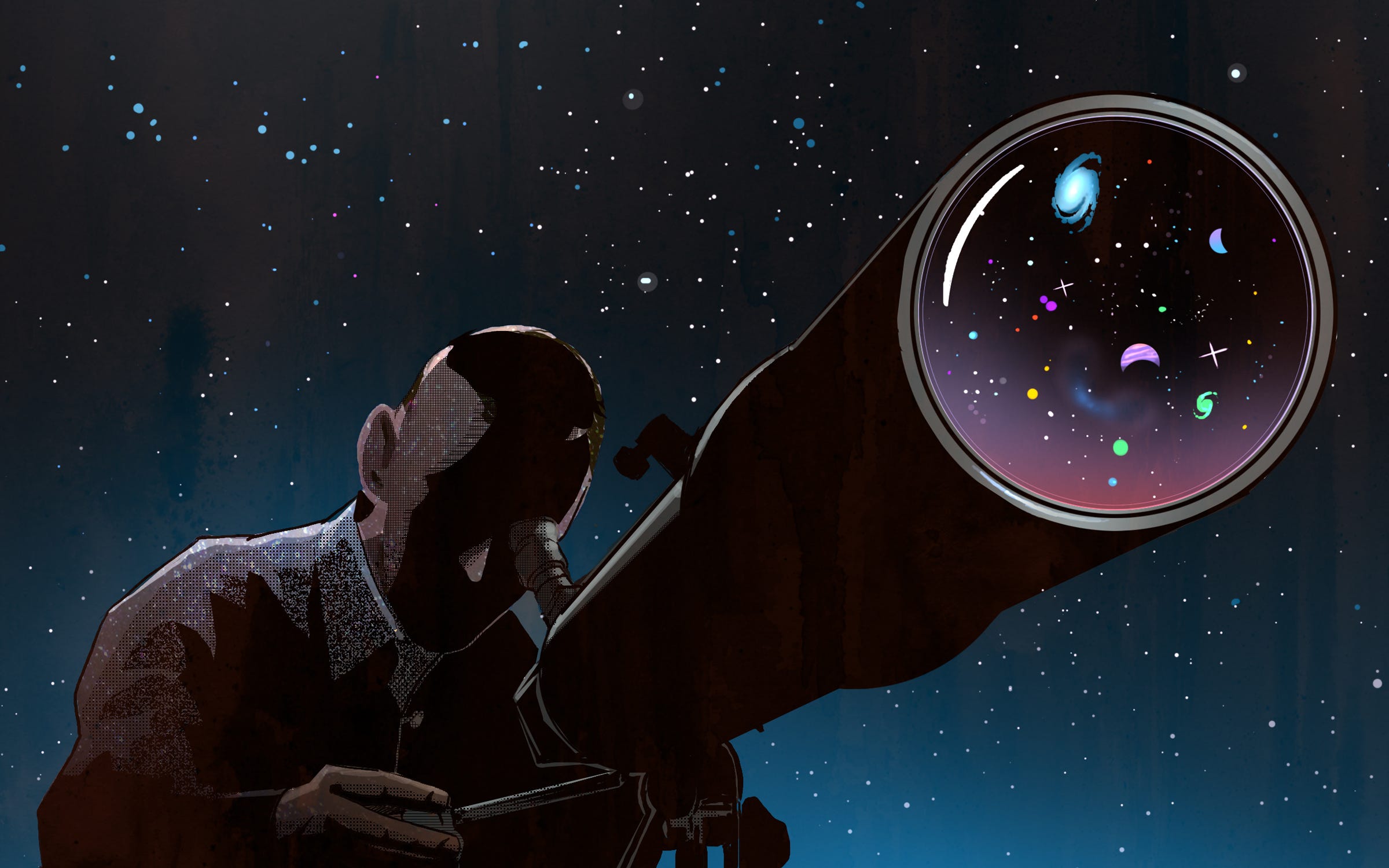
Member-only story
Alien Nations: Why Life on Other Planets Will Resemble Ours
Hard science offers a remarkably detailed portrait of how extraterrestrials may live — and clues on where our own civilization is headed
 Scientists, now routinely detecting potentially habitable planets in space, are the closest yet to determining the truth about aliens. But there is another question that almost none talk about: If other beings do populate the universe, what are they doing out there?
Scientists, now routinely detecting potentially habitable planets in space, are the closest yet to determining the truth about aliens. But there is another question that almost none talk about: If other beings do populate the universe, what are they doing out there?
Are the possible inhabitants of Teegarden b, some 12 light-years from Earth’s solar system, driven to explore and migrate? Do they have a great power rivalry with the citizens of Teegarden c? What about the potential folks on the “super Earth” exoplanet K2–72 e? Are they inclined to hate and love according to tribe?
Such questions may appear to be only the stuff of science fiction. But it turns out that the hard laws of physics, biology, and geophysics apply on other habitable planets just as they do on Earth. And they suggest a remarkable level of detail about how alien societies might operate, says the astrophysicist Frank Drake, detail that among other things could help resolve some of humankind’s most charged debates, from how to confront a changing climate to how to treat beings from other places.
Drake is the man behind the Drake equation, the intellectual foundation of the six-decade-old effort to find technologically advanced alien life. At 89, he is still one of the most respected figures in space science. The search for aliens has turned up nothing thus far, but Drake says he has at least some idea of what space societies will look like. “In many, many places, evolution would produce intelligent species capable of making things,” he said, sitting in front of a mug of coffee in his California home, up the road from the beach amid millennium-old redwoods near Santa Cruz. “They will make technology we could detect from a great distance. That will be a common event. They will first make [primitive machines] and eventually radar transmitters, and once they make a radar transmitter, we can discover them.” Drake barely blinked.
Science cannot tell you the precise social details of an alien society — is there democracy? Do otherworldly…

